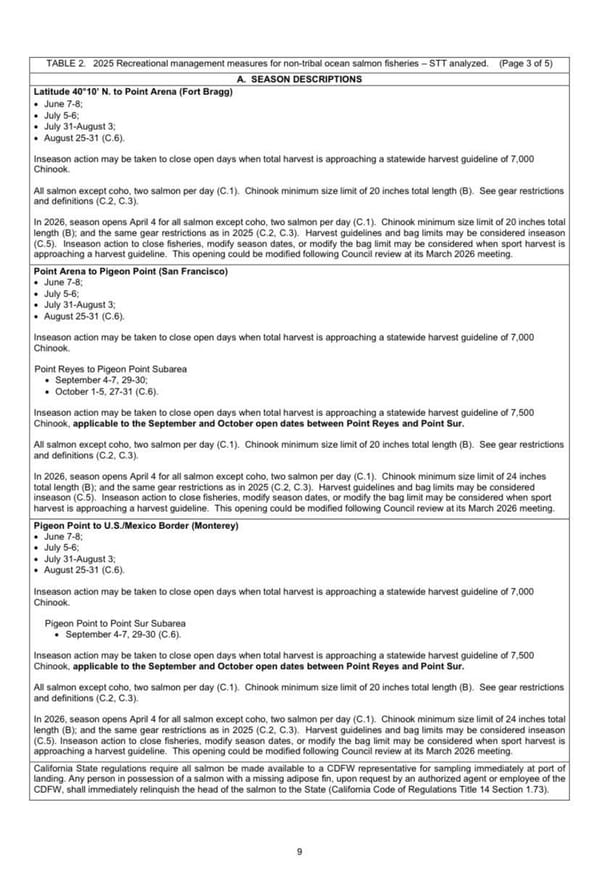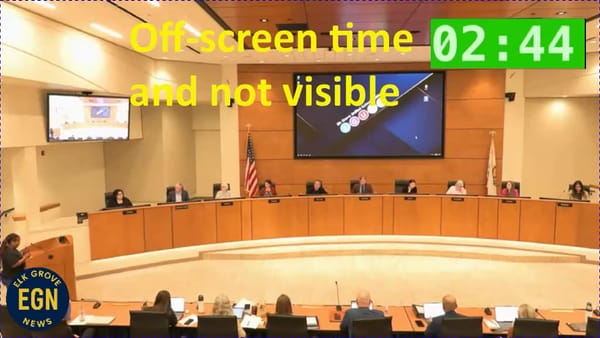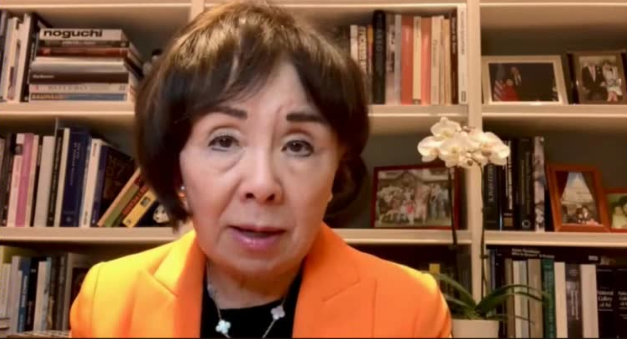Newsom Issues Executive Order Maximizing Water Diversions and Waiving Critical Protections
Is Newsom Mimicking Trump?

Is Newsom Mimicking Trump?


From StatePoint.net

The testimony of DWR engineer Amardeep Singh states that the DCP will increase water deliveries from the Delta by 22%.

While the comments critiquing the district have varied, one constant has remained - online meeting viewers have limited visibility of speakers.

During the 2006 midterm, Democrats wrested control of the House of Representatives primarily based on George W. Bush's Social Security privatization scheme